The channel now has the option of using any of five new studio backdrops to differentiate between programmes.
Revolving ‘toblerone-shaped' graphics pillars have been installed. These can be changed for different shows. LED lighting allows a variety of different colours to change the mood and tone of the pillars and set.
The graphics are printed onto a transparent surface on each 'toblerone' pillar and then lit from behind very much like a three section light box.
The main anchor desk can now be split in two, with the larger section - which includes a built-in plasma screen that displays programme title graphics - being used for shows such as Worldwide Exchange and Power Lunch Europe.
The smaller section of the desk can then be moved to another area of the studio to create a separate reporting area.
The changes to the look of the studio can be made within the time it takes to broadcast an ad break.
Director of operations at CNBC Europe John Turner said: “We have a small studio here so we needed to be able to adapt. Making [each show] look different is difficult.”
“We pump up the desk and then it is capable of being moved. We have to unplug power feeds, move the cameras and unplug the lighting control system. We do all of that within a four minute ad break.”
It takes just two people to move the desk.
Additional info:
On-screen graphics are mainly lower third supers (graphics that take up the lower area of the screen, usually called name straps).
The studio also has new intercom set-up, an RTS talkback system, like the one used by the rest of CNBC. This has replaced a homemade one that was in place previously.
A new sound desk has also been added. The Studer Vista 5 was installed in December.
While the new set was being built the CNBC Europe programmes were produced from a different, much smaller, studio for six weeks.


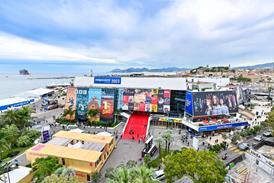
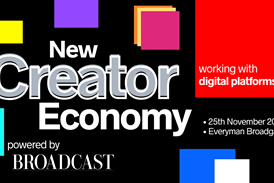
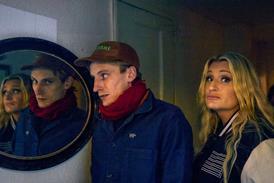


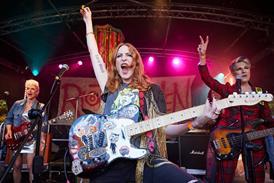
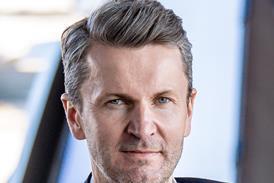
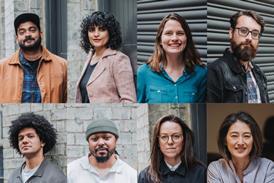


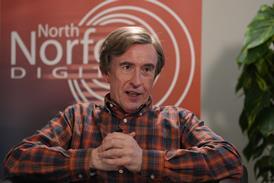
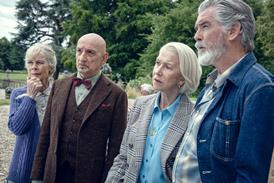
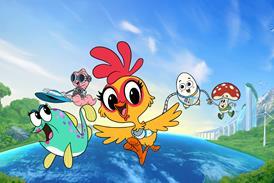



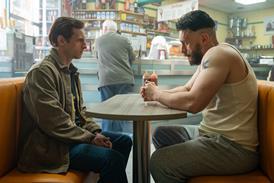
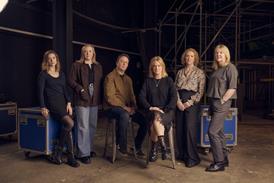
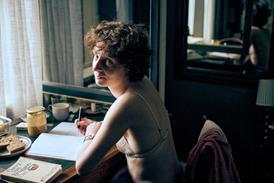
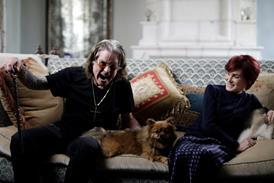



No comments yet